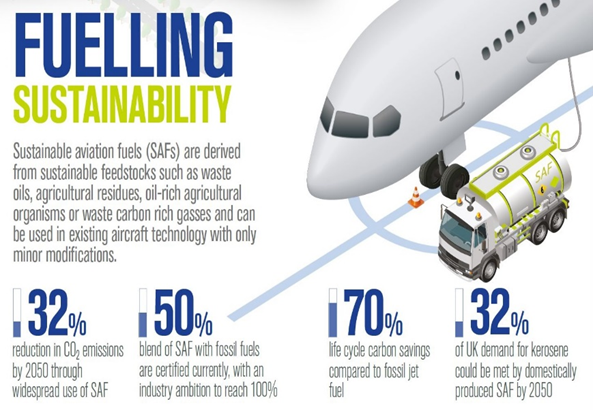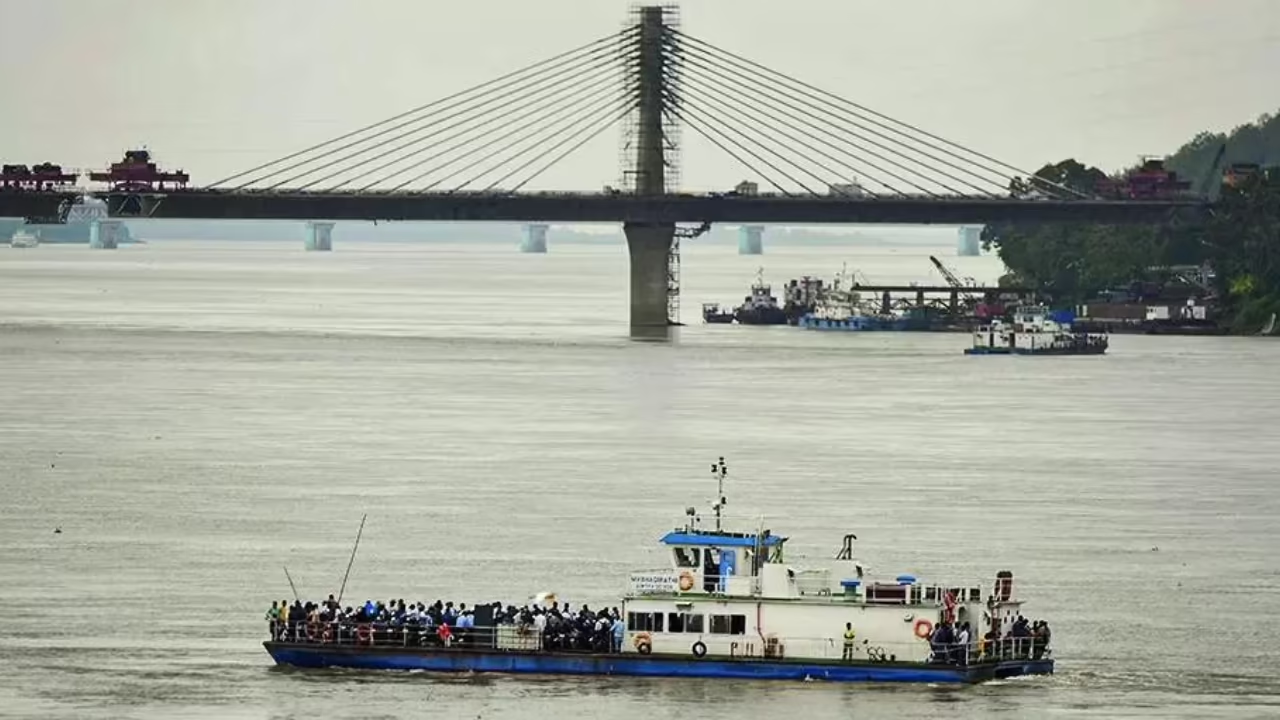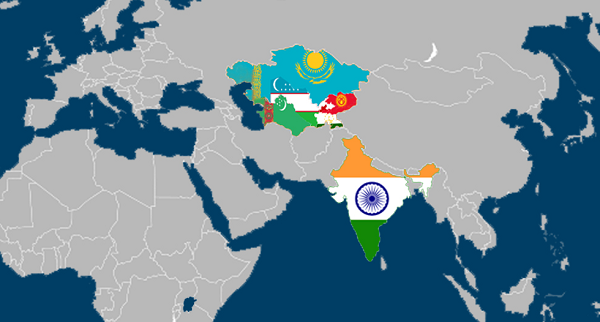- Courses
- GS Full Course 1 Year
- GS Full Course 2 Year
- GS Full Course 3 Year
- GS Full Course Till Selection
- MEP (Mains Enrichment Programme) Data, Facts
- Essay Target – 150+ Marks
- Online Program
- GS Recorded Course
- NCERT- First Ladder
- Polity
- Geography
- Economy
- Ancient, Medieval and Art & Culture AMAC
- Modern India, Post Independence & World History
- Environment
- Governance
- Science & Technology
- International Relations and Internal Security
- Disaster Management
- Ethics
- Current Affairs
- Indian Society and Social Issue
- CSAT
- 5 LAYERED ARJUNA Mentorship
- Public Administration Optional
- ABOUT US
- OUR TOPPERS
- TEST SERIES
- FREE STUDY MATERIAL
- VIDEOS
- CONTACT US
Sustainable Aviation Fuel (SAF)
Sustainable Aviation Fuel (SAF)
-1683626134928.jpg)

Latest Context
Recently, the Indian Institute of Petroleum (IIP) which is a laboratory of the Council of Scientific and Industrial Research (CSIR), has teamed up with Boeing, Indigo, SpiceJet, and the three Tata Airlines namely, Air India, Vistara, and Air Asia India to support the production of Sustainable Aviation Fuel (SAF).
Sustainable Aviation Fuel (SAF)
- About: It is also known as bio-jet fuel that is created by using domestically developed methods by utilizing cooking oil and oil-rich seeds from plants. Its samples produced by the institutes will undergo strict testing at the US Federal Aviation Administration Clearinghouse to meet the standards required for the ASTM D4054 certification from ASTM International.
American Society for Testing and Materials (ASTM) Certification
- Publication of Technical Standards: ASTM International which is formerly known as the American Society for Testing and Materials, is a global organization that develops and publishes technical standards for a wide range of products, materials, and systems.
- Authenticity: ASTM standards are used by industry, governments, and other organizations to ensure quality, safety, and reliability in products and processes.
- Certification: ASTM certification is a process that is employed on products or materials for testing and evaluating against relevant ASTM standards. By employing these standards, it is demonstrated that a particular product or material meets certain requirements like performance specifications, safety standards, environmental regulations, etc.
Production Source of SAF
- The CSIR-IIP has developed fuel by using different materials, like non-edible and edible oils in addition to the cooking oil.
- Various sources comprising palm stearin, sapium oil, palm fatty acid distillates, algae oil, Karanja, and jatropha have been used by CSIR-IIP.
Benefits of SAF Scaling in India
- Energy Security: The increased production and more use of SAF in India can proffer various benefits comprising reducing GHG emissions, improving air quality, enhancing energy security, creating jobs in the renewable energy sector along with promoting sustainable development.
- Climate Change: It can help the aviation industry for achieving environmental targets and can contribute to the global efforts to combat climate change.
- Air Pollution: Biofuel for aviation can be mixed with regular jet fuel and used together. Comparing it to traditional fuel, it can lower sulfur content which can decrease air pollution and support India's goal of achieving Net Zero emissions.
Efforts to Promote the SAF Worldwide 
-
CORSIA Program: It has established the Carbon Offsetting and Reduction Scheme for International Aviation (CORSIA) to address aviation emissions. CORSIA necessitates airlines to offset any emissions above 2020 levels and encourages the use of SAF to check emissions in the first place.
-
Clean Skies for Tomorrow Initiative: The World Economic Forum has launched the initiative Clean Skies for Tomorrow initiative. It aims to expedite the production and use of SAF. It brings together stakeholders from the aviation, fuel, and technology sectors to collaborate on developing and scaling up SAF production.
SAF Blending Targets
-
About: The European Union (EU) has established blending targets for sustainable aviation fuel to reduce GHG emissions from aviation with an objective to increase the use of SAF in aviation fuel over time. The blending of SAF with conventional jet fuel made of gasoline and kerosene will begin at 2% which will start in 2025. The blending targets will relentlessly increase every five years for achieving a goal of reaching 63% SAF blending in 2050.
Sustainable Skies Act and SAF Production Incentives:
-
Sustainable Skies Act: To encourage the use and production of sustainable aviation fuel (SAF) in the United States, the US Congress introduced the Sustainable Skies Act in May 2021. The Sustainable Skies Act provides a $1 billion grant over five years to expand the number of SAF-producing facilities in the US.
Note: Some other sustainable sources of fuel that India is working on include:
-
Biodiesel
-
Ethanol blending in conventional fuel
-
Hydrogen Fuel Cell
Challenges Associated with SAF
-
Very Costly: The cost of producing SAF is very high in comparison to traditional jet fuel. Due to this reason, it is less economically viable for airlines to invest in SAF production and use.
-
Resource Availability: There is limited infrastructure for the production, storage, and distribution of SAF which makes it difficult to scale up production and supply of SAF.
-
Feedstock Availability: The availability of feedstock for SAF production is limited, and there is competition for resources between other industries, such as the food and agriculture sectors.
-
Certification: Its certification is a complex and time-consuming process and hence there is a lack of globally recognized standards for SAF production.
-
Public Awareness: There is a need of the hour to raise public awareness and understanding of the benefits of SAF in addition to encouraging greater support from policymakers and investors.
Way Forward
-
Hike in Investment: Governments, airlines, and investors need to increase investment in SAF production and its infrastructure to slash costs and increase availability. It comprises funding R&D, as well as building new facilities and retrofitting existing ones to produce SAF.
-
Supporting the Policy and Regulatory Frameworks: There is a need to incentivize the use of SAF. Governments can implement policy and regulatory frameworks by providing incentives for the use of SAF. These incentives can be in the form of tax incentives, subsidies, and mandates for airlines to use a certain percentage of SAF.
-
Encourage Collaboration: There is a dire necessity for increasing collaboration between stakeholders, including airlines, fuel producers, and research institutions, which can help to build a more integrated and efficient SAF supply chain.
-
Creating Public Awareness: Raising public awareness about the benefits of SAF and sustainable aviation can increase demand and encourage greater support from policymakers and investors.
-
Develop new feedstock sources: By increasing the investment in research to develop new feedstock sources for SAF production, such as municipal solid waste and agricultural waste may help to increase feedstock availability and reduce competition with other industries.



